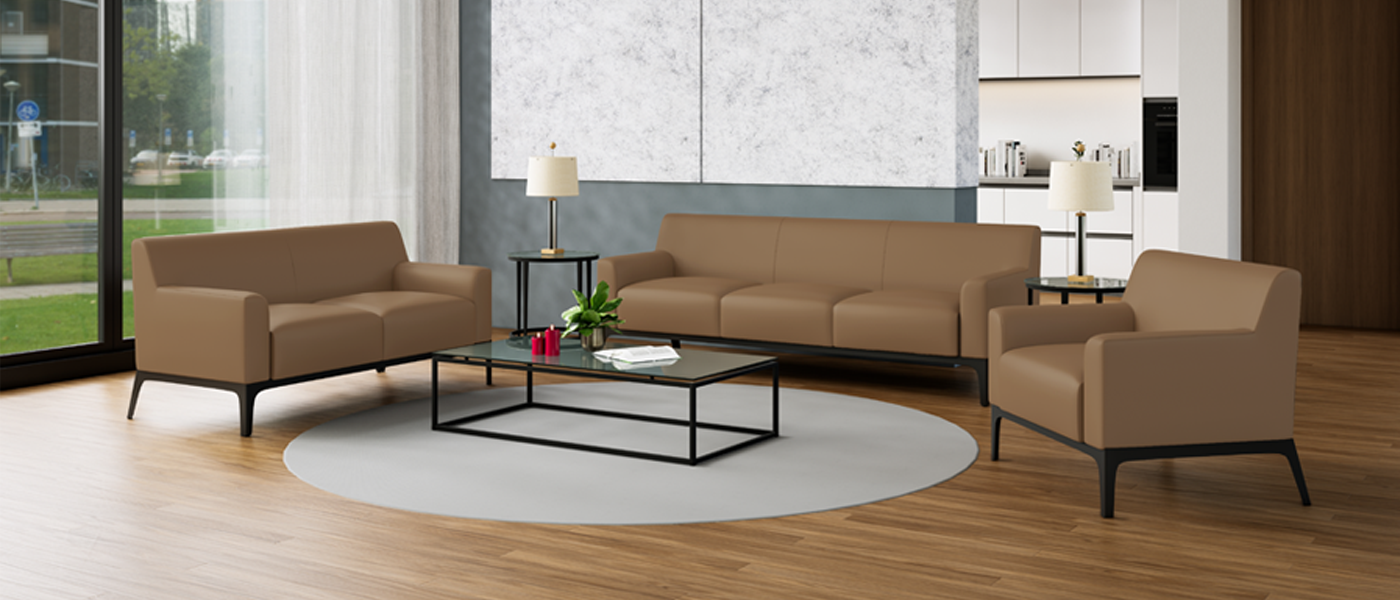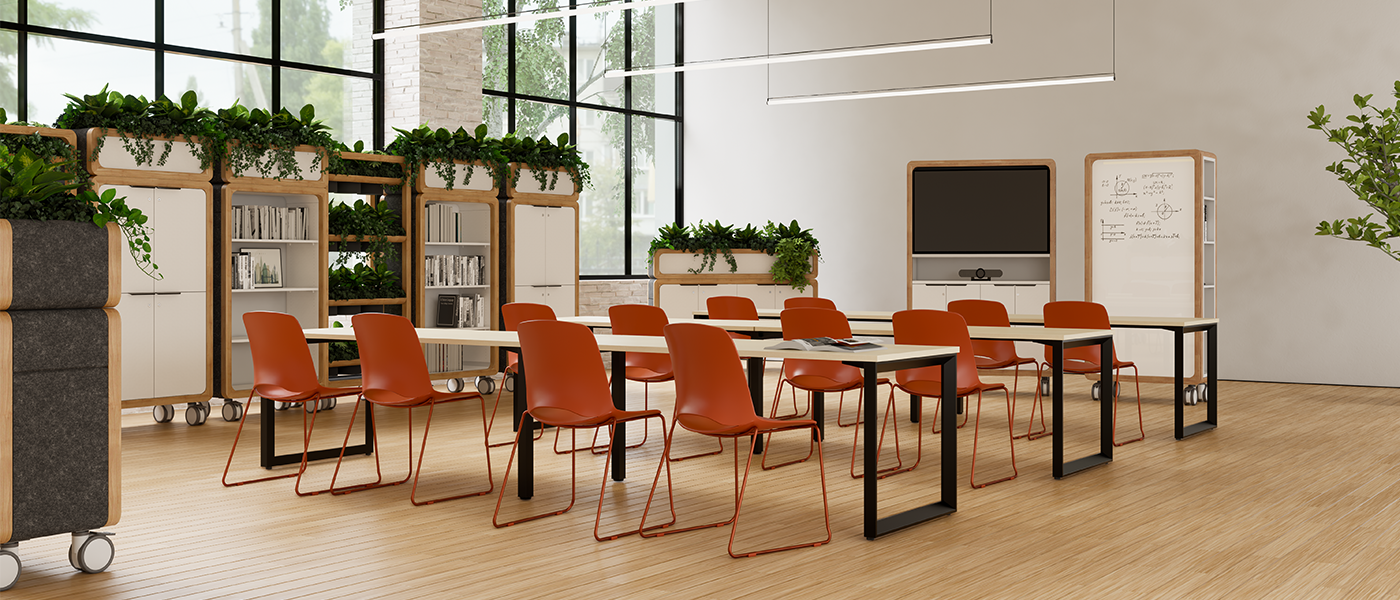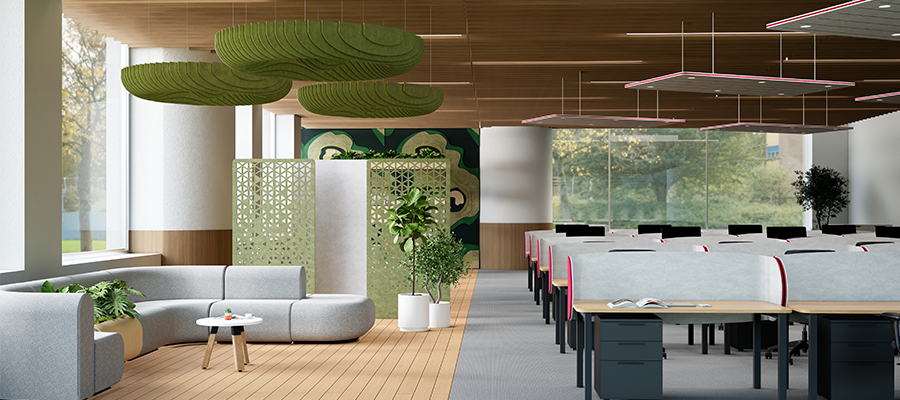How to Reduce Noise in Open-Plan Offices: Evidence-Based Strategies
written by OLG
Open-plan offices are praised for encouraging collaboration and space efficiency, but they often come with a serious downside: noise. Research shows that excessive sound in shared work environments can lead to reduced concentration, increased stress, and decreased productivity.
Here are practical and research-backed strategies to reduce noise in open-plan offices without compromising aesthetics or flexibility:
Acoustic Panels & Design Integration
Acoustic panels are purpose-built to absorb sound waves and reduce reverberation. Placing them on ceilings, walls, or as freestanding elements helps to dampen echo, especially in spaces with hard, reflective surfaces. Correctly specified acoustic panels can reduce ambient noise, improve speech clarity and reduce mental fatigue.
Modern acoustic solutions come in diverse shapes, colours, and materials, some even double as design features or art installations. A range of Australian manufacturers offer sustainable, decorative acoustic products made from recycled materials that enhance both form and function.
Mix of Materials & Biophilic Elements
A mix of soft (fabric, felt, carpet) and hard (wood, metal) surfaces helps control sound reflections. Upholstered seating, curtains, textured panels, and decorative timber features all work together to absorb and diffuse noise, enhancing acoustic comfort. A number of studies within industry suggest and recommend that indoor plants can reduce background noise levels, especially in spaces with lots of reflective surfaces. Large potted plants or green walls placed between workstations help break up sound paths and improve air quality at the same time.
Reduce Hard Surfaces – Flooring and Underlay
Hard flooring like polished concrete or tiles contributes to sound bounce. Swapping these for acoustic carpet tiles, rugs, or cork flooring can help absorb footfall and reduce noise transmission. According to Interface, carpeted floors can cut sound levels by up to 70% compared to hard floors.
For spaces that need hard flooring for durability or design reasons, installing an acoustic underlay beneath the surface can greatly reduce impact noise and footstep transfer. There is a range of underlays available for use across Australia for fitouts that support acoustic performance in both commercial and mixed-use developments.
Acoustic Furniture and Soft Dividers
Soft furnishings, such as sofas, lounge chairs, ottomans, and even acoustic lighting, can absorb sound and contribute to overall noise reduction. Upholstered seating in breakout areas can act as a buffer to noisy zones, while also providing comfort and visual softness.
Freestanding or desk-mounted partitions made from acoustic materials help reduce sound transfer between employees, creating micro zones of focus in shared spaces. This style of screen/partition are designed specifically to manage acoustics while supporting flexible layouts.
Balance Sound and Design for a Healthier Workplace
Reducing noise in open-plan offices requires more than a single solution, it’s about layering strategies. By combining acoustic panels, mixed materials, sound-absorbing flooring, and smart furniture choices, businesses can significantly improve the experience of shared work environments.
With employee wellbeing, focus, and collaboration on the line, investing in acoustic design is a step toward a more effective, sustainable, and people-centred workplace.
Click to download a printable PDF.




